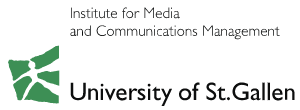LIFE WORKSHOP
In the course of time, through the cooperation with participants in workshops, with organizations and international collaborations, some key topics have emerged, which we have compiled in the context of the life workshop.
We highlight, among other things, topics such as "Design Your Sleep", "Design Your Energy", or how you can use "Design Your Space" to determine your own action-places, in which you can move from thinking and talking to action, how you can redesign your relationship to your smartphone and human-beings, how to be more engaged at work, or how to design sabbaticals and retirement with “Design Your Sabbatical” and “Design Your Retirement”.















